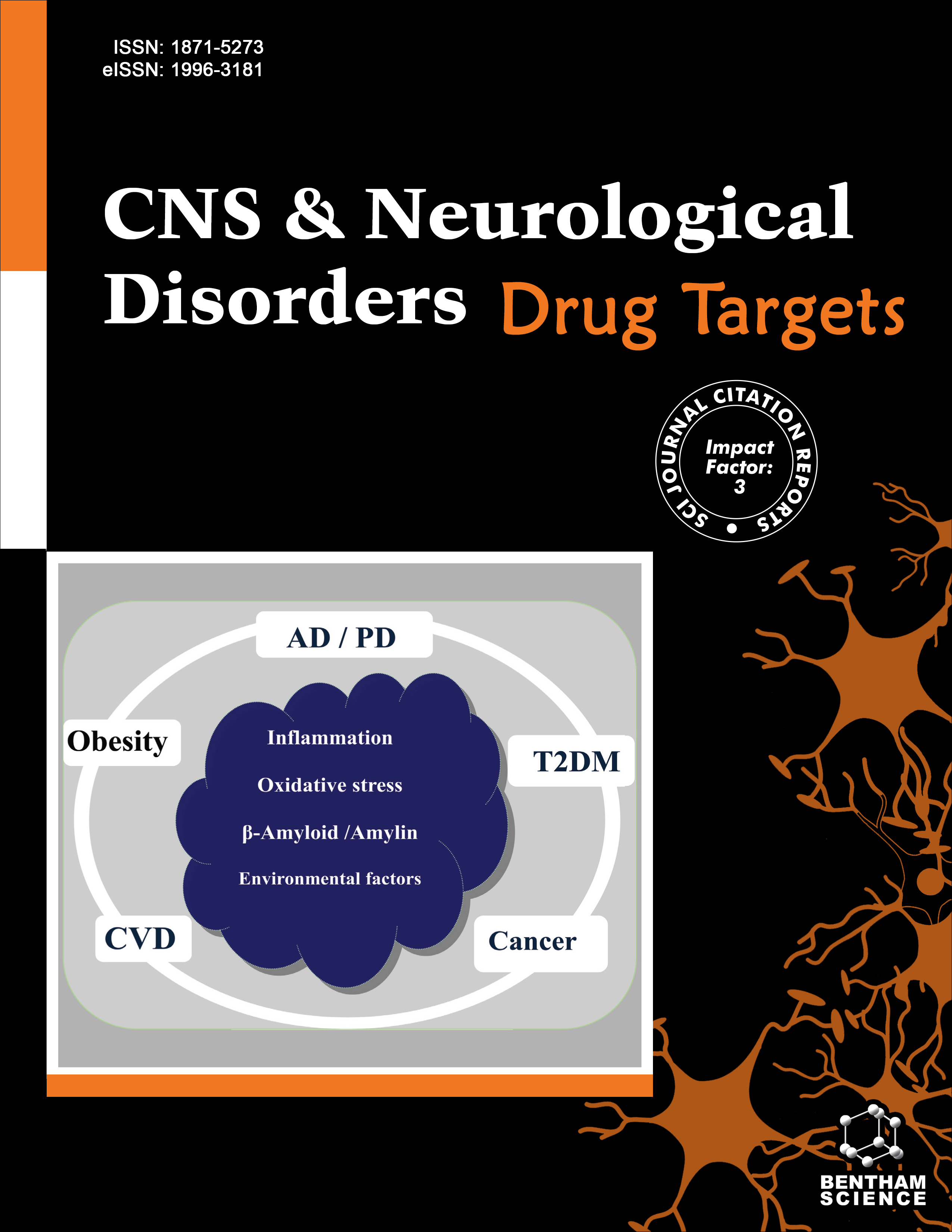-
s Current Options and Future Possibilities for the Treatment of Dyskinesia and Motor Fluctuations in Parkinson's Disease
- Source: CNS & Neurological Disorders - Drug Targets, Volume 10, Issue 6, Sep 2011, p. 670 - 684
-
- 01 Sep 2011
Abstract
Dyskinesia and motor fluctuations affect up to 90% of patients with Parkinson's disease (PD) within ten years of L-DOPA pharmacotherapy, and represent a major challenge to a successful clinical management of this disorder. There are currently two main treatment options for these complications, namely, deep brain electrical stimulation or continuous infusion of dopaminergic agents. The latter is achieved using either subcutaneous apomorphine infusion or enteric L-DOPA delivery. Some patients also benefit from the antidyskinetic effect of amantadine as an adjunct to L-DOPA treatment. Ongoing research in animal models of PD aims at discovering additional, novel treatment options that can either prevent or reverse dyskinesia and motor fluctuations. Alternative methods of continuous L-DOPA delivery (including gene therapy), and pharmacological agents that target nondopaminergic receptor systems are currently under intense experimental scrutiny. Because clinical response profiles show large individual variation in PD, an increased number of treatment options for dyskinesia and motor fluctuations will eventually allow for antiparkinsonian and antidyskinetic therapies to be tailor-made to the needs of different patients and/or PD subtypes.


